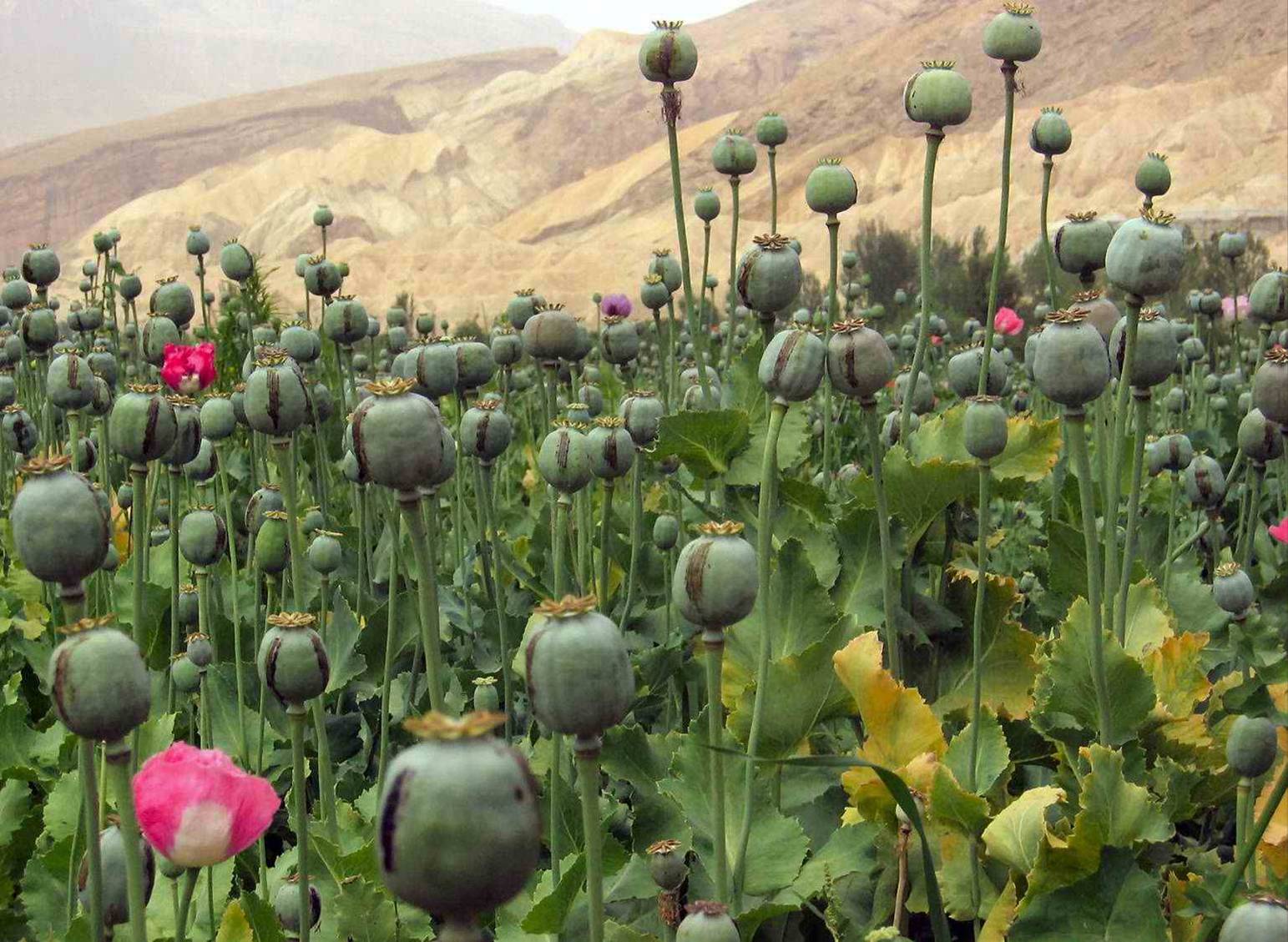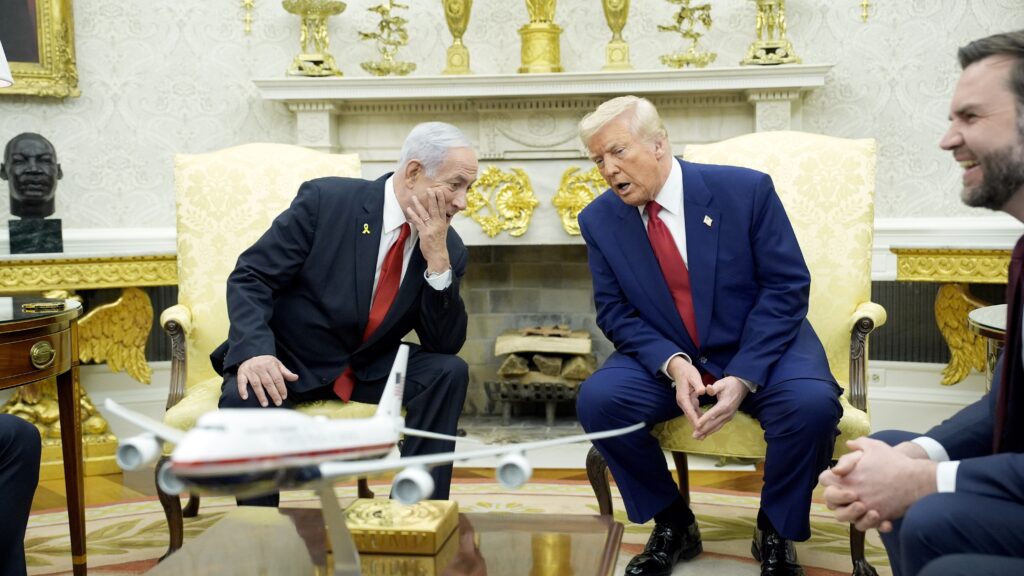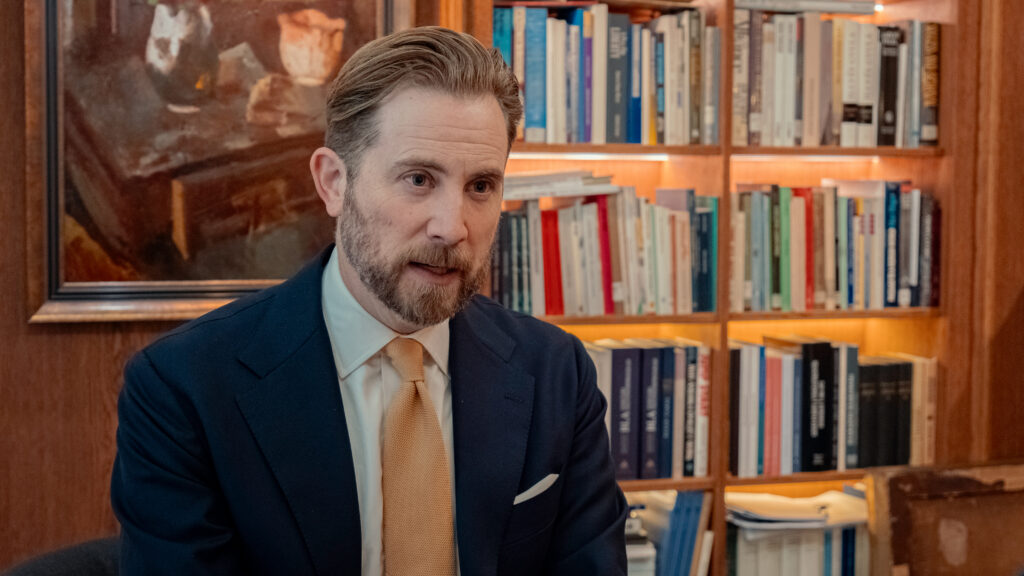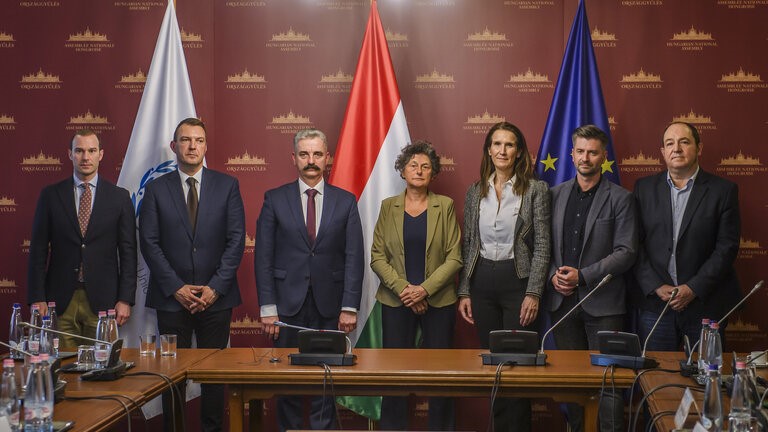After the chaotic and deadly pullout of US forces from Afghanistan last year, and with no country recognising the government of the Islamic Emirate of Afghanistan (better known as the Taliban), it was thought that with bank freezes and sanctions from the international community the Islamic regime would not be able to financially survive. But that is not what happened. As it is believed that up to two-thirds of Afghans live in extreme poverty, to alleviate the problem, in September 2022 the Biden administration announced it would create a fund to assist the people of Afghanistan, apart from the country’s central bank.
‘The Afghan Fund will help mitigate the economic challenges facing Afghanistan while protecting and preserving $3.5 billion in reserves from Da Afghanistan Bank (DAB), Afghanistan’s central bank, for the benefit of the people of Afghanistan,’ Wally Adeyemo, U.S. deputy secretary of the Treasury, said at the time. The central bank of Afghanistan has recently said it received another injection of $40 million in cash in December.
Yet most of the country still remains poverty stricken. This is because the jihadists have been economically doing quite well through the fleecing of international humanitarian aid and making deals with draconian countries like China.
On 5 January, the Taliban’s deputy prime minister for economic affairs, Mullah Abdul Ghani Baradar, said
his regime signed a $540 million deal with a Chinese company
to develop an oil-and-gas field as Beijing moves to secure access to the country’s vast mineral wealth after the exit of American troops.
In the biggest deal struck since the Taliban’s takeover in 2021, Xinjiang Central Asia Petroleum and Gas Co. Ltd. said that over the next three years it would develop the field in the Amu Darya basin in Northern Afghanistan, according to the Taliban. The Chinese Communist Party, since September of last year, has taken steps to both fill in the political vacuum in Afghanistan and bolster its relationship with the Taliban in order to expand its Belt and Road Initiative—Beijing’s global and imperialist infrastructure plan.
However, aside that the Taliban likely gained access to tens of millions of dollars the US transferred to the Afghan government before it collapsed, it has been accumulating billions of dollars through its drug trade, mining, donations, etc., for years.
How the Taliban Made Their Money
In December of 2020, Hanif Sufizada, Program Coordinator of Afghan Studies at the University of Nebraska, showed how the Taliban has had enormous sources of income harnessed from Afghanistan’s natural resources, embezzlement, and receiving funds from foreign governments and like-minded Muslims:
- Drugs: $416 million
Alongside the supposed surprise discovery of Afghanistan’s $1 trillion wealth of untapped minerals, the Taliban had successfully eradicated the opium crop in the Golden Crescent before the US invasion of 2001—they now run the market. Afghanistan accounted for approximately 84 per cent of global opium production over the past five years, according to the United Nation’s World Drug Report 2020.
Much of those illicit drug profits went to the Taliban who manage opium trade in areas under their control. The group imposes a ten per cent tax on every link in the drug production chain, according to a 2008 report from the Afghanistan Research and Evaluation Unit, a then independent research organization in Kabul. This included the Afghan farmers who cultivated poppy, the main ingredient in opium—the labs then converted it into a drug and traders exported the final product out of the country.
As reported by The New York Times, by 2018, Afghanistan was the world’s largest producer of opium, and poppy is the country’s most lucrative cash crop. The profits fuelled the Taliban’s financial networks and for years undermined sustainable reconstruction and security efforts by the United States and its allies.
- Mining: $400 million to $464 million
Mining iron ore, marble, copper, gold, zinc and other metals and rare-earth minerals in mountainous Afghanistan were a lucrative business for the Taliban. Both small-scale mineral-extraction operations and big Afghan mining companies paid Taliban militants to allow them to keep their businesses running. Those who did not pay faced death threats.
In fact, the Taliban’s Stones and Mines Commission, or Da Dabaro Comisyoon, the group earned $400 million a year from mining. NATO estimates that figure higher, at $464 million—up from just $35 million in 2016.
- Extortion and taxes: $160 million
Like a government, the Taliban taxed people and industries in the growing swath of Afghanistan under their control. They had even issued official receipts of tax payment.
‘Taxed’ industries included mining operations, media, telecommunications, and development projects funded by international aid.
Drivers were also charged for using highways in Taliban-controlled regions, and shopkeepers had to compensate the Taliban for the right to do business. The group also imposed a traditional Islamic form of taxation called ushr, which is a 10 per cent tax on a farmer’s harvest—and zakat, a 2.5 per cent wealth tax.
- Charitable donations: $240 million
The jihadists also received covert financial contributions from private donors and international institutions across the globe. Many donations came from charities and private trusts located in Persian Gulf countries, a region historically sympathetic to the group’s religious insurgency. Those donations added up to about $150 million to $200 million each year, according to the Afghanistan Center for Research and Policy Studies.
Russia, Iran, Pakistan, and Saudi Arabia were all believed to have bankrolled the Taliban. Experts say these funds probably amounted to as much as $500 million a year.
Private citizens, also, from Saudi Arabia, Pakistan, Iran, as well as, other Persian Gulf nations helped finance the Taliban, contributing another $60 million annually to the Taliban-affiliated Haqqani Network.
- Exports: $240 million
In part to launder illicit money, the Taliban imported and exported various everyday consumer goods, according to the UN Security Council. Known business affiliates include the multinational Noorzai Brothers Limited, which imported auto parts and sold reassembled vehicles and spare automobile parts.
The Taliban’s net income from exports was thought to have been around $240 million a year.
This figure includes the export of poppy and looted minerals, so there may be financial overlap with drug revenue and mining revenue. In addition, numerous Afghan officials, who were powerless to stop the lucrative trade, grew wealthy through their complicity in facilitating the trafficking.
Meanwhile, as the Taliban grew rich and little by little gained territory, the US government, as it had done during the Vietnam War, misled the American people, and the free world for that matter, as to how well they were doing against their Afghan adversaries.
The Afghan Lie
In a 2021 article titled America’s Generals Lied, Lost Wars, And Looted The People They Claimed To Serve by Josiah Lippincott, a student of politics at Hillsdale College, Lippincott states:
‘For 20 years, these leaders lied consistently to the American people and their political masters about the wars in the Middle East. In December 2019, Craig Whitlock of the Washington Post published a devastating series of articles on America’s failure in Afghanistan. Using 600 “lessons learned” interviews with top military staff and diplomatic personnel collected by the Special Inspector General of Afghanistan Reconstruction (SIGAR), Whitlock illustrated just how pervasive the gut rot in America’s military really was.’
Then-Army Lt. Gen. Mark A. Milley claimed in Kabul in 2013, that ‘[The Afghan] army and … police force have been very, very effective in combat against the insurgents every single day.’
The truth of the matter was that more than 60,000 Afghan police and military were killed during the American occupation compared to just 42,000 alleged Taliban.
US officials, in private, admitted that at least 40 percent of the $103 billion in reconstruction funds spent in Afghanistan fell into the hands of insurgents, Taliban, and corrupt ‘allied’ warlords.
For too long, Lippincott says, America’s generals have relied on a ‘stab in the back’ thesis to justify their failure on the battlefield. The narrative set in after Vietnam and has calcified today. Former national security adviser and Lt. General H. R. McMaster tweeted on 8 July 2021 in regards to the sweeping march of the Taliban that the ‘US media is finally reporting on the transformation of Afghanistan after their disinterest and defeatism helped set conditions for capitulation and a humanitarian catastrophe.’
Despite this, international aid to country continues to flow, with two-thirds of the population in need of assistance, which according to some experts is in jeopardy since the Taliban announced a ban on women working in nongovernmental organizations, as well as having them and young girls excluded from education. Many countries, including the US, along with the United Nations, have called on the Taliban to reverse its decisions—as if the Taliban terrorists are going to comply!








